“Protect Her” by Monroe, Louisiana, artist Vitus Shell is the latest to be featured in the Crosstown Arts’ ongoing mural series, The Moonpie Project, which launched last April.
Shell’s work is a pop-art portrait of a black woman with the words “Protect Her” prominently displayed.
“I feel that people of color have always been under attack — mentally, physically, and emotionally — since forever, but in this new political climate, it’s become okay to publicly attack people of color again, especially women,” Shell says. “That’s scary. So with this project, I wanted to create something that could begin the conversation.”
Shell attended Memphis College of Art, where he met and was inspired by Memphis artists like Brenda Joysmith, George Hunt, and Alonzo Davis. He says he participated in the series because he thought it was cool and it would give a platform for an important message.
Past Moonpie Project artists include its creator Michael Roy (also known as Birdcap) and Christopher Reyes (also known as Ninjacat), both from Memphis, and visiting artists Lauren Asta (from San Francisco), Jacob Berkowitz (from St. Louis), and Jason Spencer (also known as Killer Napkins, from St. Louis). Each mural stands for two months before being replaced.
The murals are situated in an alley at Crosstown Arts, which sponsors the series.
“Although we operate two art galleries along North Cleveland, the Moonpie Project mural series adds an element of neighborhood beautification, and it gives muralists a canvas to create work that’s best suited for an outdoor space,” says Crosstown Arts Communications Coordinator Bianca Phillips.
The series is curated by Roy in memory of Nashville muralist Brad Wells. The name is inspired by Wells’ turn as a child model for MoonPie confectionary.
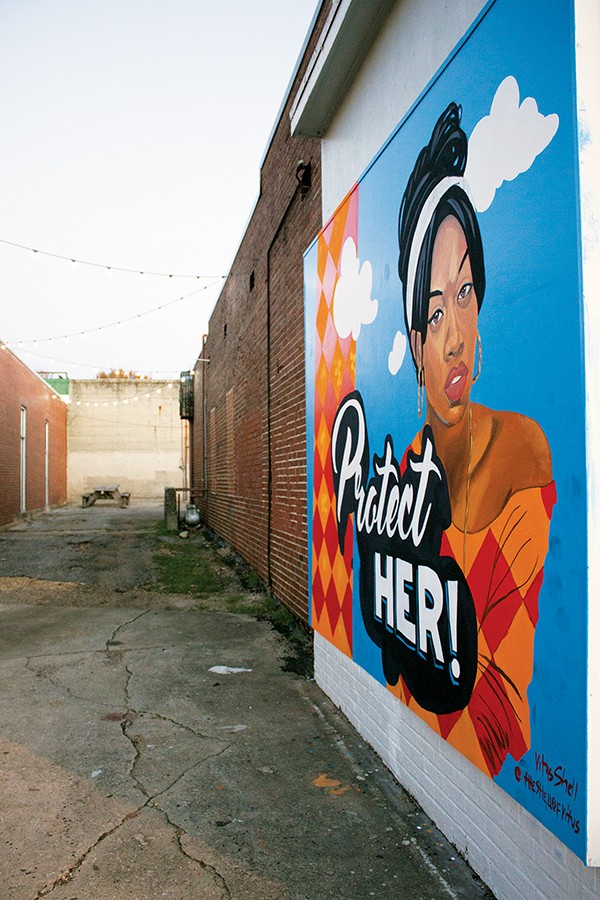
Vitus Shell’s “Protect Her” will be featured in The Moonpie Project through January.
Wells visited Memphis in 2015 to participate in Paint Memphis. He died in December of that year.
“He was an artist that was genuinely enthusiastic to see other artists succeed,” Roy says. “He had a kind heart and had made a career out of murals for longer than I had, so he was a great person to get advice from. He died suddenly pretty shortly after [I got] to know him.”
With the series, Roy says the main goal is to embody the community spirit that made him want to become a street artist.
“I make art at the end of the day just to show my friends,” he says. “It felt natural to name the project after Brad, because he exemplified everything I love about this group of artists.”
Roy also wants to showcase the city of Memphis through the series.
“If we get a good artist to come in from Chicago and he posts new work from Memphis, now Chicago knows Memphis is dealing in good work,” he says. “That’s how I found out about cities like Detroit and Denver. My favorite artists were painting there.”
Roy says the series will have some changes this year to “up the ante,” but he still plans for five new muralists to come in and paint.
For the selection process, Roy says he picks artists whose work he loves and that he feels carry the traits that make the graffiti/street art/mural community special.
“It’s a mixture of portfolio review and how much I trust the person to come through and take care of business,” he says. “I’m a fan of every person who comes through, so I’m always a little blown away when they say yes.”
Murals stay up for two months. Shell’s “Protect Her” will be up through January.

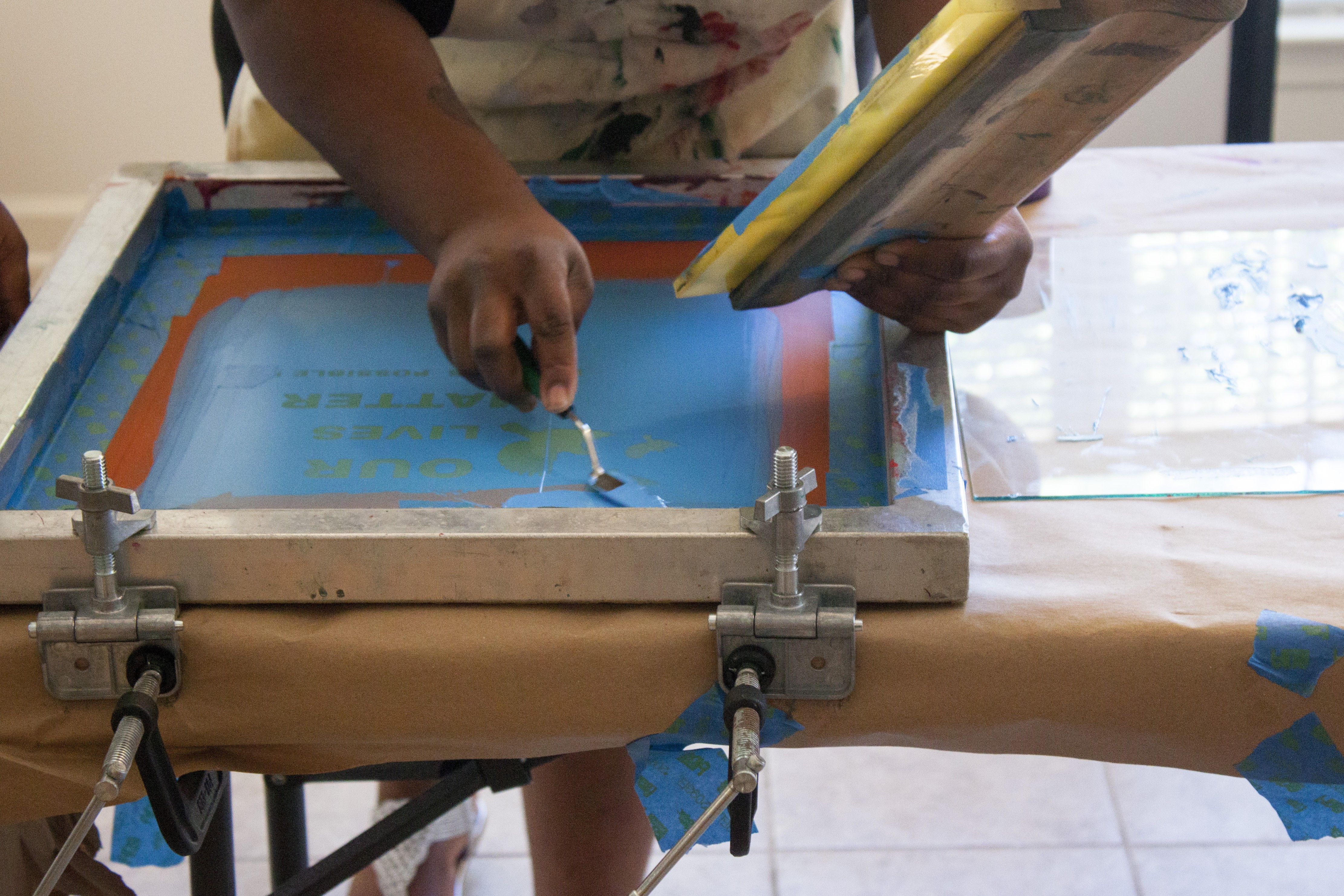 Elle Perry
Elle Perry 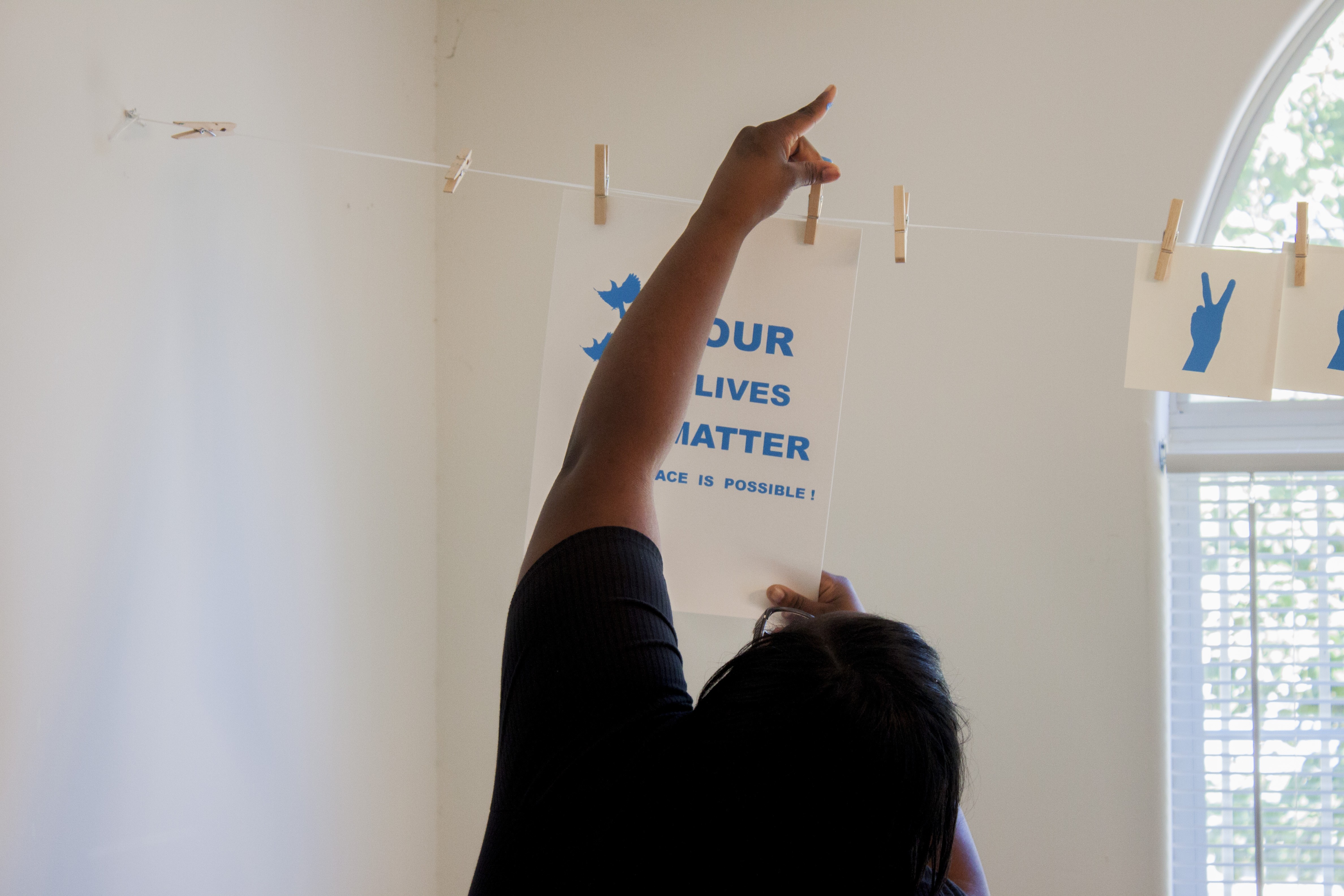 Elle Perry
Elle Perry 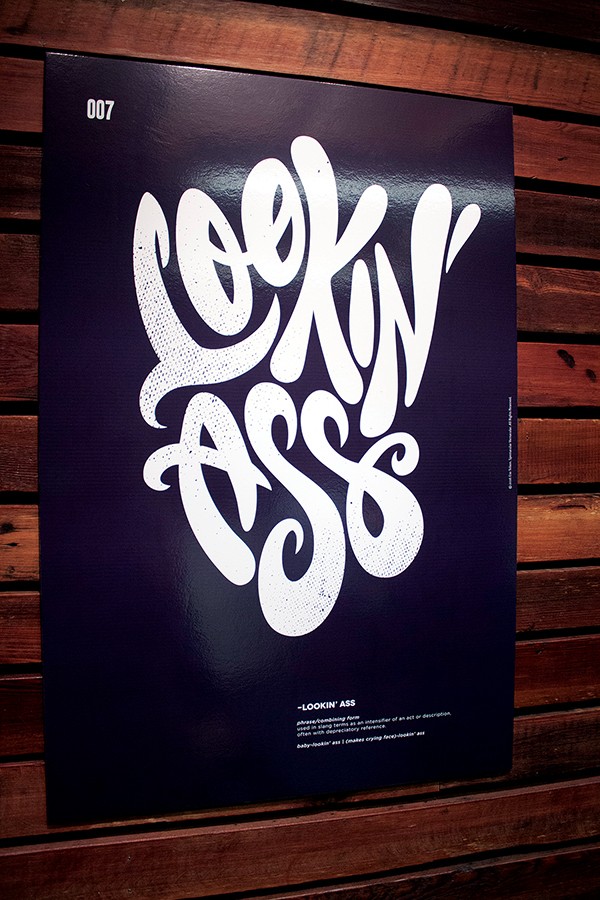
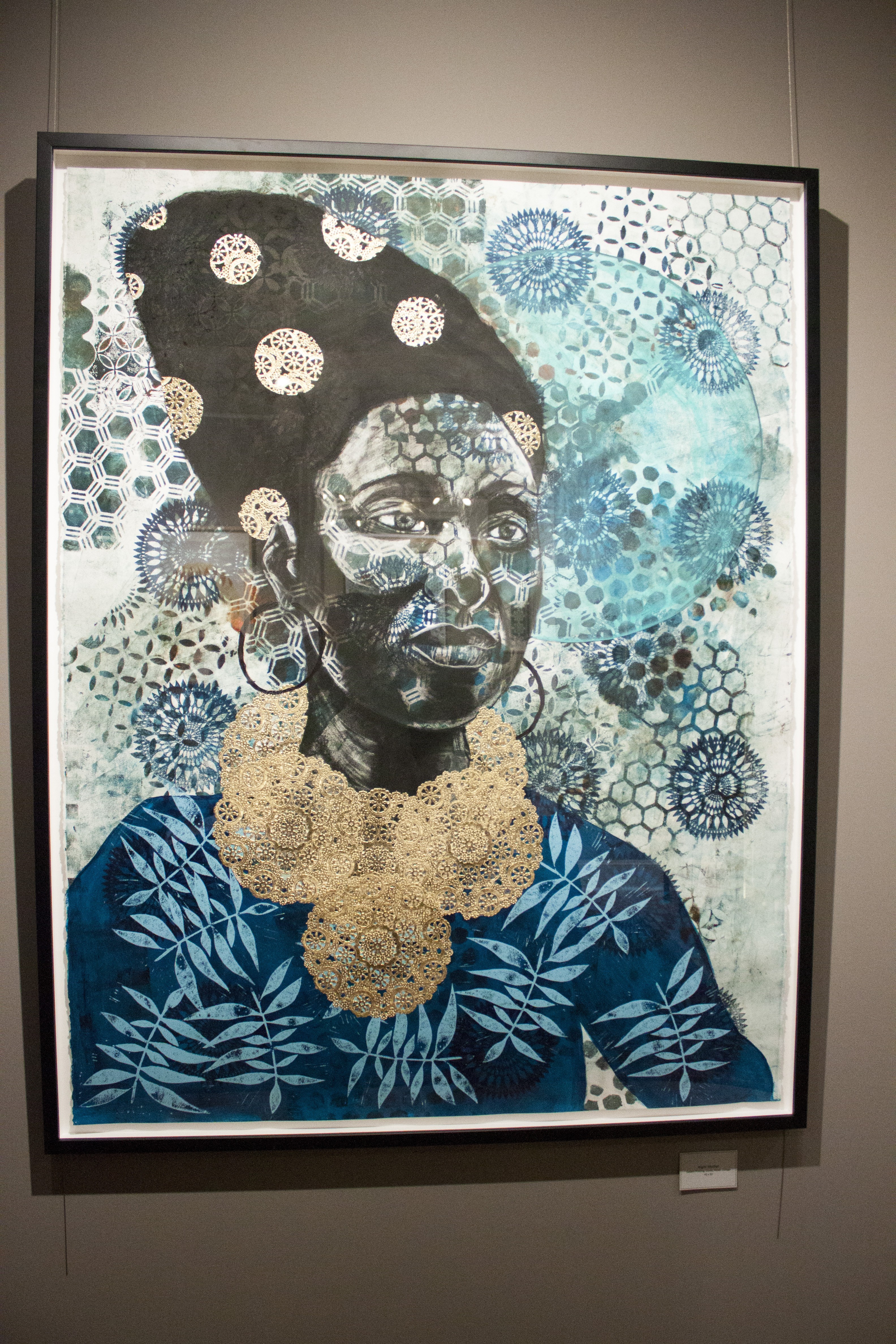 Elle Perry
Elle Perry 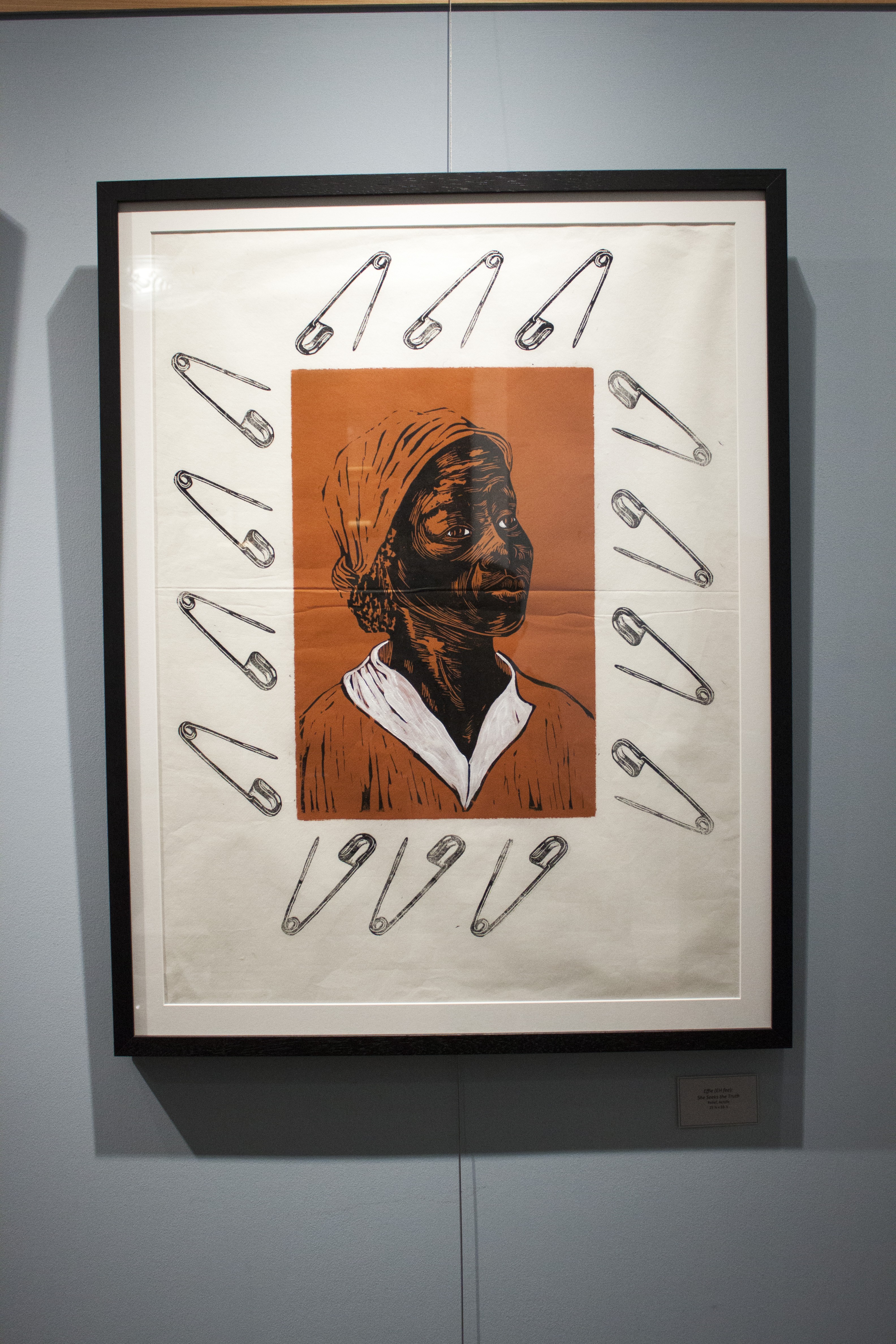 Elle Perry
Elle Perry  Elle Perry
Elle Perry  Elle Perry
Elle Perry  Elle Perry
Elle Perry